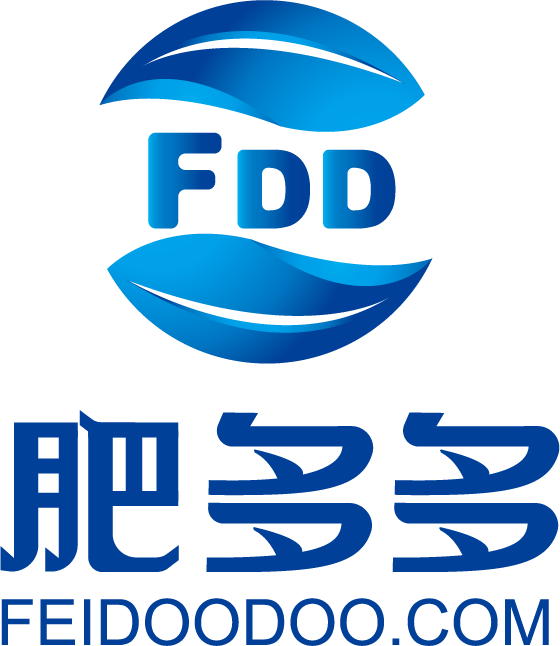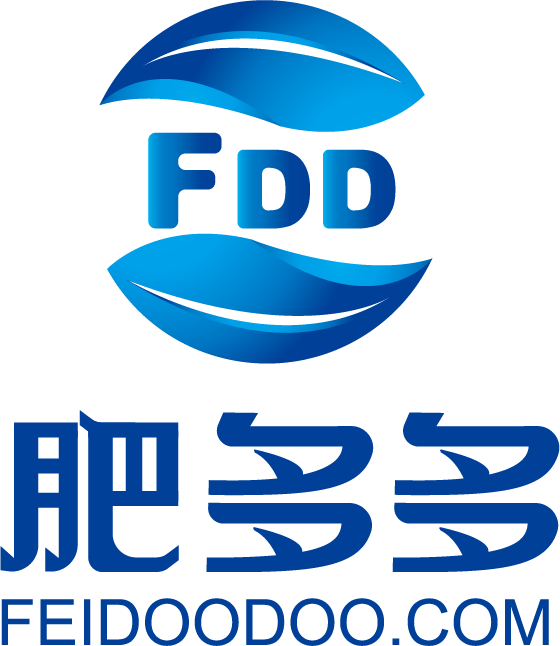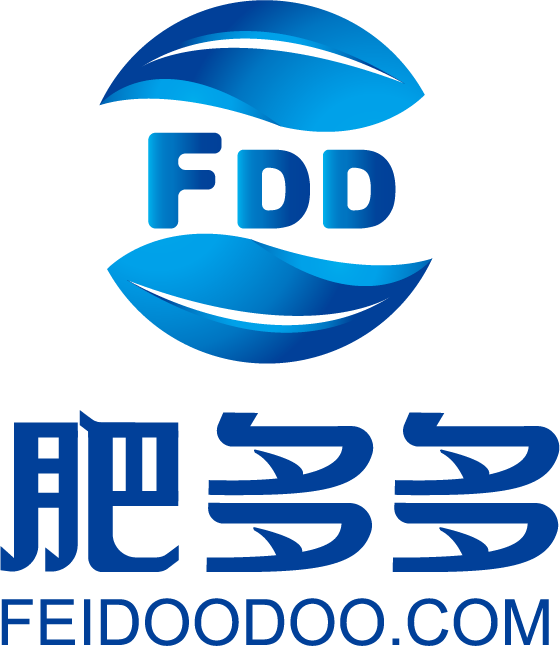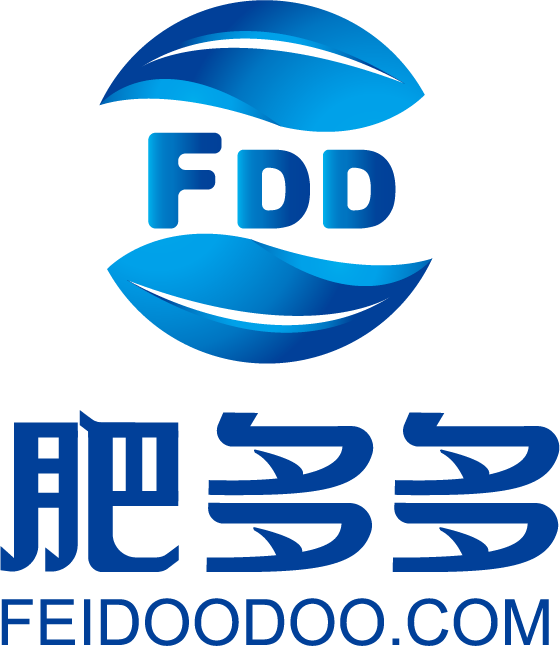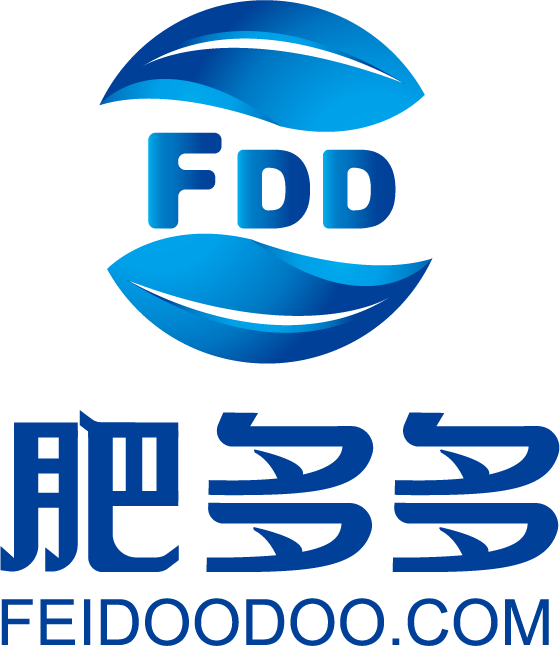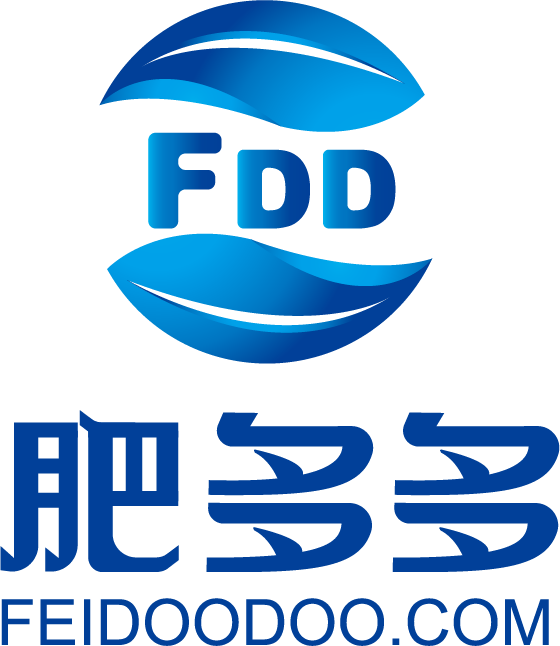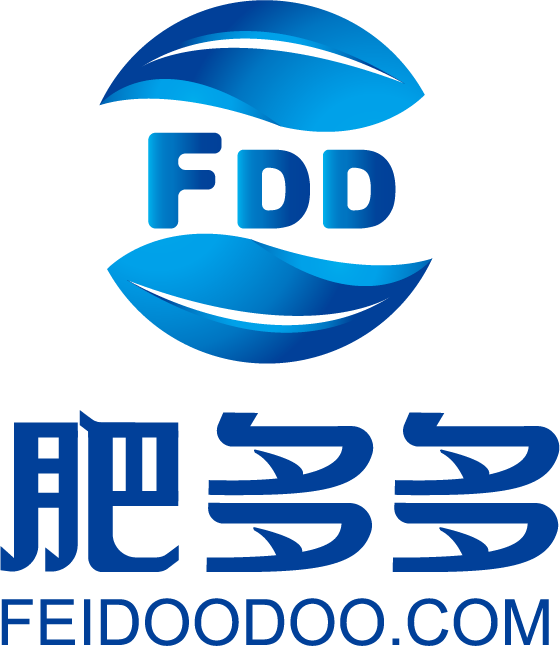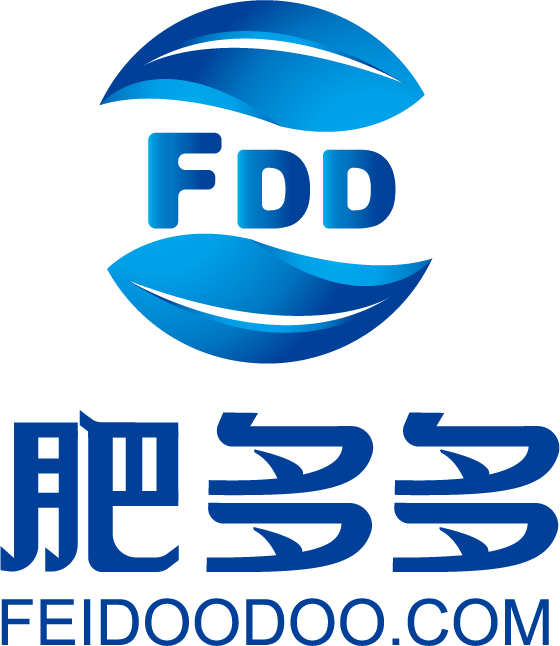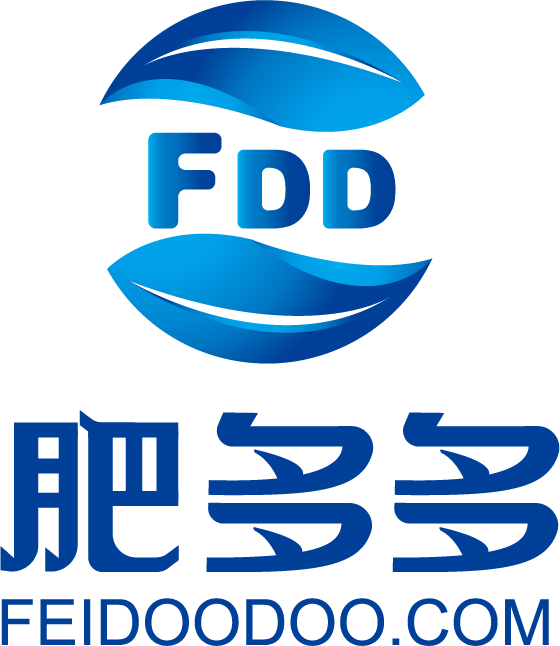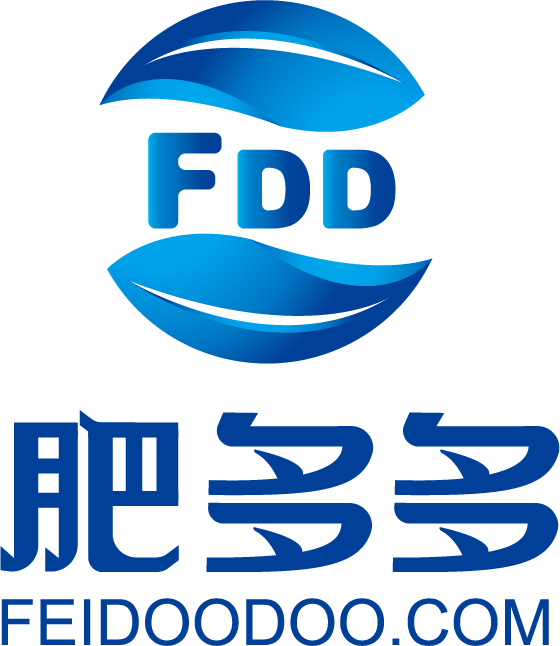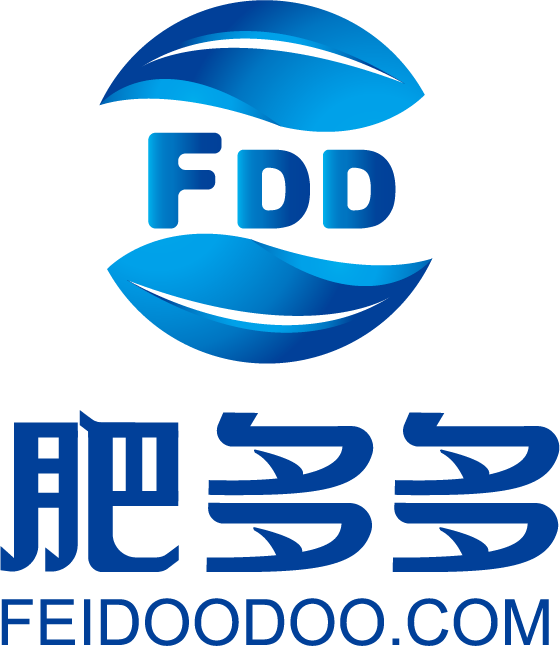- This report provides a daily review of the phosphate fertilizer market, focusing on the general follow-up of market demand and the predominantly stable price adjustments for both monoammonium phosphate (MAP) and diammonium phosphate (DAP). The MAP price index showed a slight decline for the 55% powder form, while the granular and 58% powder forms remained stable. The DAP price index maintained stability across different concentrations. The MAP market experienced a tepid transaction atmosphere with slight price relaxation, whereas the DAP market sustained high-level prices with adjustments. Factors such as pending orders, raw material prices, and supply-demand dynamics played significant roles in influencing the market. The report anticipates short-term market price stability with adjustments in both MAP and DAP markets, considering the supply and demand trends and raw material price stability.
- This report analyzes the current state of the urea market, noting a cautious approach to new order transactions and a general downward adjustment in prices. The small particle urea price index experienced a decline, as reported by Feiduoduo data. In the urea futures market, there was a slight increase in the closing price compared to the previous day. The spot market saw a downward trend in domestic urea prices, influenced by a recent drop in futures prices, leading to a cooling market atmosphere. Specific regional prices in China are detailed. Looking forward, the report anticipates continued price fluctuations and adjustments in the short term, influenced by factors such as factory output, supply dynamics, and demand from agricultural and industrial sectors. The urea market is currently experiencing a stalemate in price trends due to the interplay of supply and demand factors and market sentiment.
- The article provides a detailed analysis of the urea market's performance this week, characterized by fluctuations due to supply and stockpiling impacts. Urea prices initially declined and then rose, influenced by supply and price stabilization policies and low enterprise inventory levels. The market overview shows a mixed trend in urea delivery area prices across various regions in China. The industry chain dynamics section highlights a rapid increase in daily production and a slight decline in the operating rate of the urea industry. The report also covers market inventory trends, with both large and small particle urea port inventories discussed. Additionally, the compound fertilizer industry witnessed narrow fluctuations in market prices, while the melamine industry experienced a cautious market atmosphere with prices stabilizing and then falling. The overall urea market is expected to continue experiencing fluctuations influenced by supply and demand dynamics and raw material prices.
- The article provides a comprehensive analysis of the Chinese phosphate fertilizer market, focusing on the current price trends and market dynamics of Monoammonium Phosphate (MAP) and Diammonium Phosphate (DAP). It highlights the stability and slight increases in MAP prices and the steady operation of the DAP market. The piece discusses the influence of supply and price stabilization policies, noting the expected slight decline in market prices. Additionally, it presents details on the operating rates and weekly production trends of the domestic phosphate fertilizer industry, including MAP and DAP, and examines the port inventory trends for these fertilizers. The report anticipates market adjustments in response to raw material price fluctuations and policy guidance.
- In October 2023, China's phosphate fertilizer trade saw significant activity, with both imports and exports of monoammonium phosphate (MAP) and diammonium phosphate (DAP) showing notable trends. MAP exports decreased year-on-year but increased month-on-month, while imports dramatically decreased. The main export destinations for MAP were India, Mexico, Brazil, and Bangladesh. For DAP, exports decreased year-on-year but increased month-on-month, with the primary export destinations being India, Vietnam, Bangladesh, Ecuador, the Philippines, Japan, and Chile. DAP imports saw a significant year-on-year increase but a drastic decrease compared to the previous year. These trends reflect changes in global demand and supply dynamics in the phosphate fertilizer market.
- The phosphate fertilizer market, including both monoammonium phosphate (MAP) and diammonium phosphate (DAP), is currently experiencing a stalemate and observation phase with expectations for minor price adjustments. The MAP market remains stable with firm prices and a tight supply-demand relationship, influenced by cautious market sentiment and tepid demand. The DAP market also exhibits a similar trend, with stable but high prices, low operating rates, and a tense supply situation. Downstream purchasing enthusiasm has weakened due to high prices and slight decreases in raw material costs. Both MAP and DAP markets are expected to see minor price adjustments in the short term, influenced by market sentiment and raw material price dynamics.
- The urea market is experiencing a slight increase in prices driven by an uptick in new orders and firm pricing strategies by enterprises. The urea small particle price index shows a modest rise, and futures contracts exhibit slight fluctuations. The spot market analysis reveals a moderate increase in domestic urea prices, influenced by good order reception and firm factory prices. Supply expectations and maintenance schedules suggest a potential decrease in supply, while the market's trading atmosphere is improving. The short-term forecast anticipates a continued minor upward trend in urea prices, influenced by a reduction in production and a gradual increase in market activity.
- The domestic urea market in China is experiencing a downturn due to a combination of factors. The high level of daily production and changes in urea reserves and export orders have decreased market activity. The off-season demand and government policies are contributing to the weakening of urea prices. Industry experts emphasize the importance of ensuring supply and stabilizing prices for the market's healthy development. The future market is expected to see continued price declines and maintain stability, with sufficient nitrogen fertilizer supply for the upcoming seasons.
- The phosphate fertilizer market review on November 22 indicates stable high prices for both MAP and DAP. The MAP market is supported by steady factory orders and tight supply, leading to stable prices. Traders predominantly adopt a wait-and-see attitude due to low purchasing enthusiasm in downstream sectors, and price support from raw materials like sulfur, synthetic ammonia, and phosphate rock. The DAP market also shows similar trends, with prices consolidating at high levels due to tight supply and cautious buyer sentiment. Both markets are expected to continue this trend in the short term, influenced by cost factors and market dynamics.
- The daily urea review on November 22 highlights a rebound in prices and improved factory orders, despite cautious market sentiment. The urea small granule price index rose slightly, reflecting a year-on-year decrease. In the futures market, the urea UR2401 contract saw a moderate increase. Spot market analysis reveals regional variations in price movements, with most areas experiencing an uptick. Market forecasts suggest a cautious but stable sentiment, with enterprises accumulating stock and high prices limiting receipts. The demand remains cautious, and the market is expected to continue consolidating with fluctuations in the short term.
- In October 2023, China experienced significant changes in its urea trade. Exports reached 561,600 tons, showing a substantial increase year-on-year but a decline from the previous month. The average export price was $369.28/ton. Cumulatively, from January to October, exports grew by 76.46% compared to the same period last year. In contrast, imports drastically decreased to just 23.74 tons, with a 98.63% year-on-year drop and a 43.44% decrease across the ten-month period. India, Mexico, and South Korea were the top three importers of Chinese urea, contributing to the majority of the export volume. The data reflects China's dynamic position in the global urea market.
- This article presents an overview of China's synthetic ammonia import and export data for October 2023, as reported by customs data. There was a significant year-on-year increase in imports and a notable year-on-year decrease in exports. Indonesia emerged as the sole importing country for Chinese synthetic ammonia, while the major export destinations included Australia, South Korea, and Japan. The article highlights the changes in import and export volumes and prices, indicating trends in China's synthetic ammonia trade over the period.
- This article provides an analysis and forecast of the monoammonium phosphate (MAP) and diammonium phosphate (DAP) markets. Both markets are experiencing steady operations with MAP prices stable and DAP prices consolidating at high levels. The tight supply continues to support high prices, while rigid demand persists in the downstream market. Raw material costs for sulfur, synthetic ammonia, and phosphate rock offer additional support. Short-term forecasts suggest that both MAP and DAP market prices will maintain their current trends, with MAP prices consolidating and DAP prices expected to stabilize within a narrow range, influenced by policies ensuring supply and price stability.
- This article analyzes the current state of the urea market, including the domestic urea price index, the urea futures market, and regional spot market analyses. Urea prices have shown regional increases and decreases, with overall market indications of weak supply and demand. While manufacturers exhibit strong price support, market transactions are sluggish. Supply is high, but is expected to decrease due to upcoming maintenance shutdowns. Demand is currently low in agriculture but is dispersed; industrial demand is increasing. Short-term market predictions suggest stable operations with limited potential for price increases, leading to a weak and consolidating urea market in the near term.
- This report provides a detailed overview of the current state of the domestic soda ash market, highlighting the trend of stable price increases. The analysis covers the current price range for light and heavy soda ash and notes a slight adjustment in supply due to operational load reductions. An improvement in downstream market demand has led to a better transaction atmosphere and an increase in new orders. Manufacturers' inventories are trending downwards as they continue to fulfill orders. The report forecasts potential market fluctuations due to cautious purchasing from downstream businesses and a lack of significant demand increase. Profit analysis for the combined alkali and ammonia-alkali methods shows a rise from the previous week. The operational rate in the soda ash industry has slightly decreased, with an estimated production volume for the week. The report concludes with a significant reduction in manufacturers' inventory levels, indicating a shift in market dynamics. This comprehensive analysis offers insights into the soda ash market's current operations and future expectations.
- Mall
- Supermarket
- Supplier
- Integrated logistics
- Warehousing
- Transaction Services
- Expo Services

